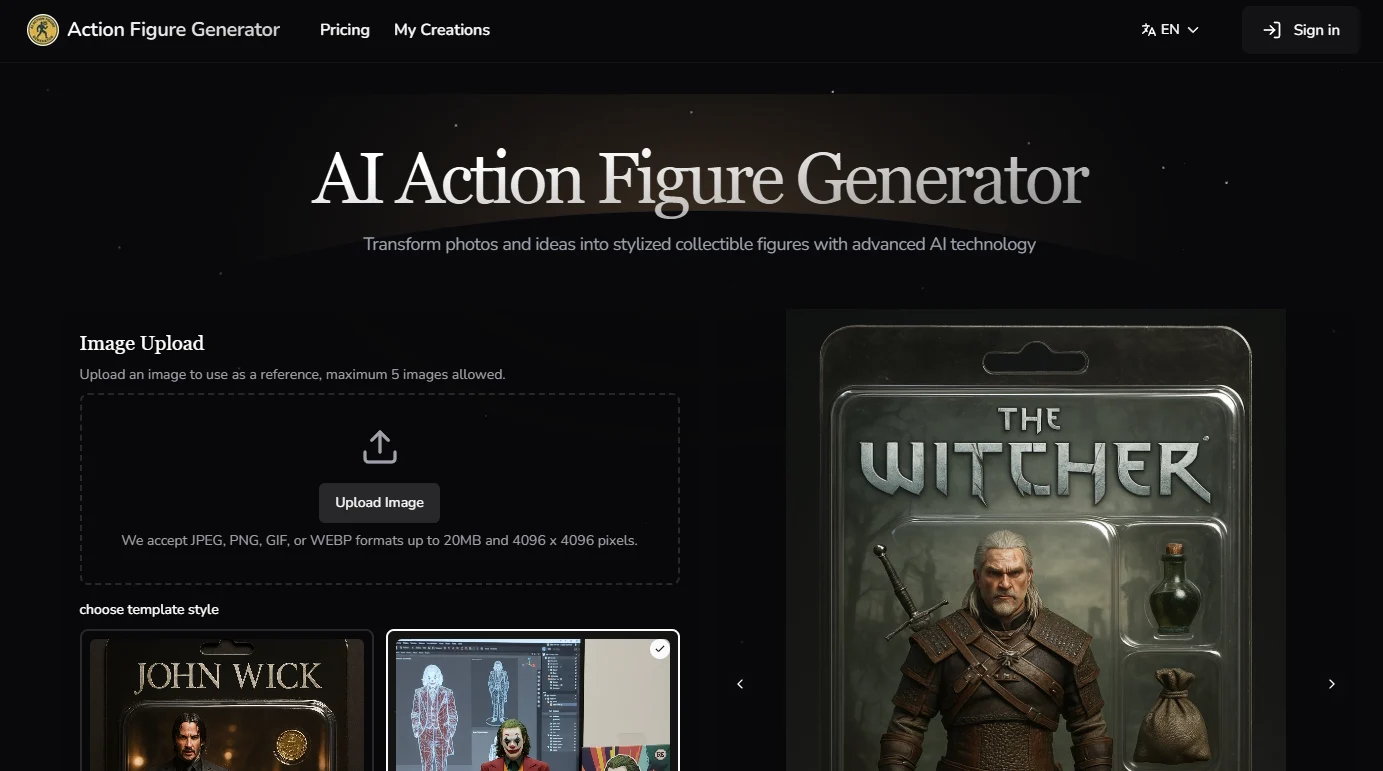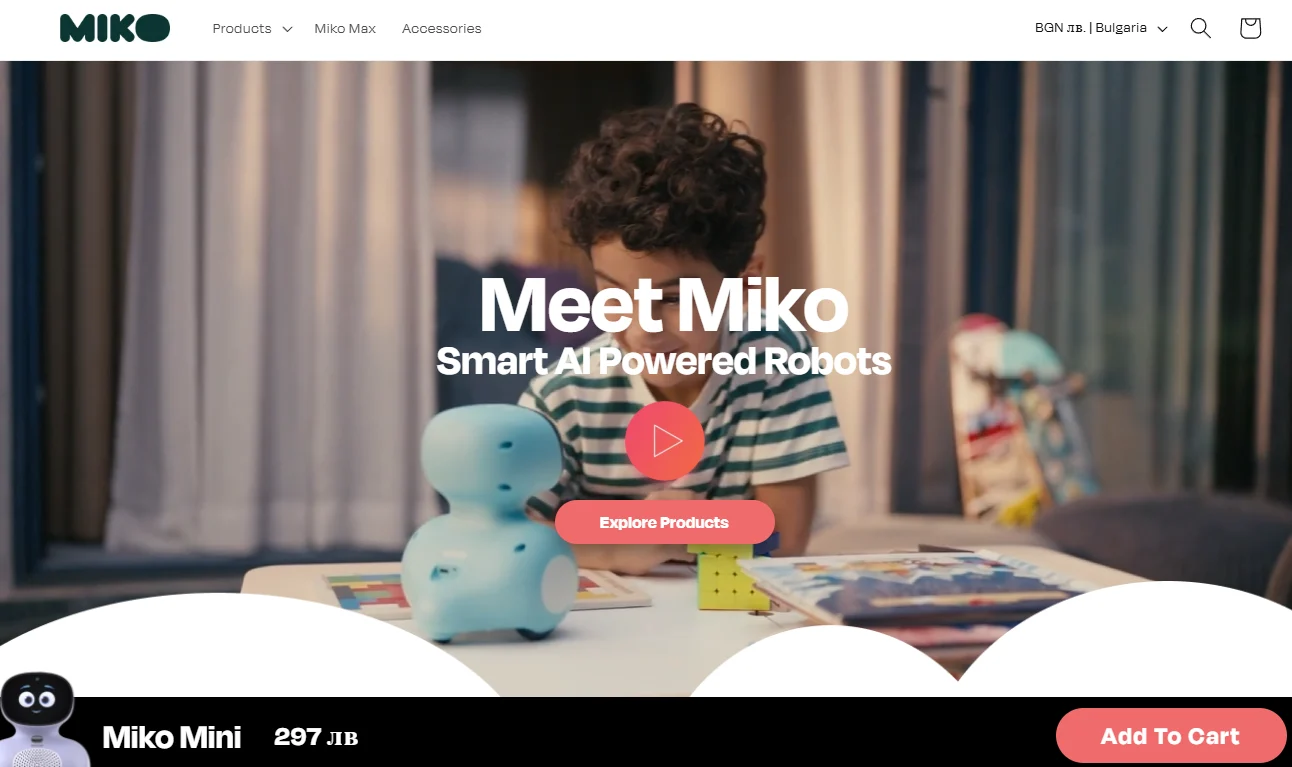TikTok Pays High Fees to Access OpenAI, One of Microsoft's Largest AI Cloud Computing Customers
According to The Information, TikTok pays Microsoft nearly $20 million per month for access to OpenAI models, which accounts for almost a quarter of Microsoft's growing revenue in the cloud computing division.
The report indicates that Microsoft's cloud computing AI business is expected to surpass $1 billion in annual revenue. However, the analysis also suggests that once TikTok successfully develops its own large-scale language model (LLM), its dependence on the current functionality may significantly decrease.
Looking back at last year, TikTok's parent company ByteDance was accused of "secretly exploiting" OpenAI's technology to build its own LLM. This behavior is generally considered inappropriate in the AI field and directly violates OpenAI's terms of service, which prohibit the use of model outputs to develop any AI models that compete with its products and services. It is worth noting that Microsoft, as the bridge for ByteDance to access OpenAI, also adheres to similar policy principles.
After this incident was exposed, OpenAI took swift action and suspended ByteDance's account to conduct a thorough investigation into whether it violated the developer license agreement. In response to the allegations, ByteDance told CNN that they only used this technology in a "very limited scope" to assist in building their own models.
In addition, Microsoft and OpenAI have also reached a massive multi-billion dollar investment agreement, making Microsoft the exclusive cloud computing service provider for OpenAI. Microsoft has invested "hundreds of millions of dollars" to build a supercomputing system to support applications such as ChatGPT. In Microsoft's latest fourth-quarter 2024 financial report, Azure revenue achieved a 29% growth, slightly lower than the previously predicted range of 30% to 31%, but still demonstrating strong growth momentum. Chief Financial Officer Amy Hood further revealed that Azure's revenue growth rate is expected to remain between 28% and 29% in the first quarter of 2025.








